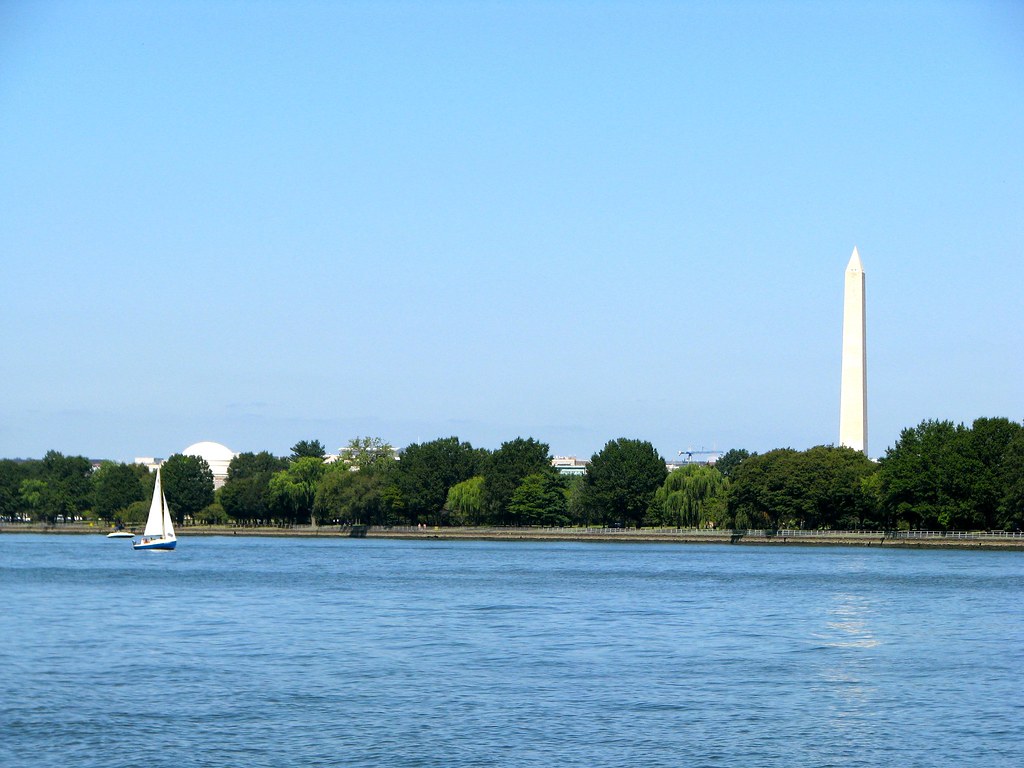A great article appeared in the Washington Post Magazine over the weekend. For now it remains available on-line on their website. “The Beginning of the Road – High-tech computer wizardry and good old-fashioned historical sleuthing are re-creating the lost world of Washington’s origins.”

The Vision
The underlying effort examined historical maps, drawings and narratives. It recreates a 1791 landscape that eventually become the City of Washington. At that time Pierre Charles L’Enfent first gazed upon the rolling hills to lay out the new federal district. It also replicated other early historic moments. For example, it touched on the spring of 1814. Months later, British invaders burned key institutions of the fledgling government, including the Capital and White House.
Results
Historians stitched together archival records with 3D mapping technologies. This allows researchers to understand topography and settlement patterns from any vantage point within the city.
“The text Hawkins wrote to accompany the publication of his map describes Capitol Hill as a lumpy and thickly forested eminence rising 80 feet above a mosquito-infested patch of spring-fed marsh at its foot, and explains how the short, steep bluffs on the north side of the Tiber provided the platform for the future site of the White House. This gently rolling landscape was bordered to the north by a five-mile-wide arc of higher, more broken ground and overlaid with fields of tobacco, corn and wheat, interlaced with small forests of maple, black cherry and tulip poplar, and dotted with the Georgian homes of wealthy planters and the sagging wooden structures of tenant farmers and slaves.”
The online version the article includes a six minute video. It flies viewers through virtual terrain, both ancient and modern. It also gives an overview of how they created the maps and models. The University of Maryland – Baltimore County (UMBC) Imaging Research Center generated the 3D imaging and video. They specialize in the combination of science, technology, art and design to create stunning visual recreations of the world around us.
If you have an interest in geography, mapping and history — and presumably you do if you’re reading Twelve Mile Circle — then this is an article and video definitely worth checking out.

Leave a Reply